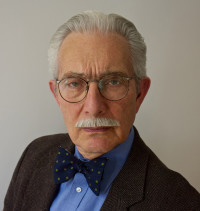
Practice, Practice, and (ugh), More Practice
August 3, 2020
I hated practicing the violin as a kid. Not that I didn’t love the sound of the instrument or the music I played. It’s just that at that early age, I preferred to be out with my neighborhood friends playing ball or cops and robbers in the fields nearby.
When my parents threatened to cut off lessons and give away my violin if I didn’t practice, I pleaded with them not to. My earliest memories in our music loving family were of the violin’s sweet and silvery sound played on records and on the radio that seemed to be forever tuned to the classical music station. Hearing Beethoven’s Violin Concerto for the first time had inexplicably brought tears to my five-year-old eyes. Almost inevitably, I started the violin at age six, and by seven was able to play lovely melodies from a music book called “A Tune a Day” that my teacher, Mr. Moldrem, gave me.
Still, I rebelled against the fifteen minutes of daily practice Moldrem required. Shamelessly, I snuck comic books on my music stand, and even pushed the kitchen clock a few minutes ahead when mom wasn’t looking. Poof. By some kind of cosmic magic, it took only eleven minutes or so to practice fifteen.
There was a silver lining to this odious practice business that I concocted- an early example of wishful thinking, no doubt. My hope was that once the basics of playing the violin were dutifully mastered, I would hardly ever have to practice again. Melodies, show pieces, even the mighty Beethoven Violin Concerto that I loved so much would require no more than a minute or two of warm up to play flawlessly.
In no time at all, however, I came to realize something quite surprising. The more I practiced, the better I seemed to get. By the time my next teacher, Peter Meremblum, assigned me at age thirteen, the Mendelssohn Violin Concerto, a work at the very edge of my capabilities, I was practicing an hour before school and one or two after. My regard for practice itself had gradually evolved over time. It was a necessity for me to put in the hours if I were to have any chance of learning the Mendelssohn Concerto, but it had also become a joy to examine and exult in the miracle of this music- its sweetness, its tenderness, its giddy good cheer.
And so, month after month I practiced the Mendessohn Concerto. At about the same time, our next-door neighbors, the Zigmonds, put up their house for sale. After a while, my mother noticed that the For Sale sign was gone from the front lawn. When she ran into Mrs. Zigmond at the back fence one day, mom congratulated her on the house sale. “Oh no, Mrs. Steinhardt”, she said, “we decided not to sell the house now that Arnie has finally learned the Mendelssohn Concerto”.
At seventeen, I was accepted into the elite Curtis Institute of Music. Coming from Los Angeles as a large fish in a small pond, I had already thought of myself as quite the fancy fiddler. At Curtis, however, I was surrounded by all kinds of fancy fiddlers- my fellow violin students who were already impressively accomplished. The distinguished concert violinist Mischa Elman once said, “If I don’t practice, somebody else will”. And so, I practiced. Max, my roommate one year, would occasionally taunt me good naturedly as I practiced away in our rented apartment near school. “Those who practice, need it”, he would say, smugly, as he made his exit. That stung a little even in jest, but Max, unfortunately, was right. Practice was the only way to satisfy the exacting demands of my teacher, Ivan Galamian, who led me step by step both technically and musically through the vast and challenging violin repertoire.
Galamian had created years before I came on the scene an extraordinary summer camp for string players called Meadowmount. Situated in the lovely foothills of the Adirondack Mountains, young and gifted participants were up for breakfast at 7AM, practiced from 8-12, had lunch from 12-1, and then practiced a couple of hours more before having the luxury of a walk in the woods or a game of ping pong by late afternoon. Meadowmount was basically a gulag in heaven, a place situated in the most beautiful of surroundings but where I could without the usual distractions focus laser like on improving my craft. I would disappear after breakfast into my monk like room consisting of a bed, a table, a chair, and a music stand, and practice, quite oblivious to who might be in the monk like rooms on either side of me doing exactly the same thing. Half way through my first of three summers at Meadowmount, there was a mid-morning knock on my door. A student who I hardly knew residing in the adjacent cubicle was standing there. “Excuse me for bothering you”, he said, “but I took a quick break from practicing and couldn’t help hearing you through the wall. In my estimation, you are the third greatest violinist in the world”. This was, of course, music to my ears and proof that my hours of practice were producing surprisingly large dividends. “Who are numbers one and two”, I couldn’t help asking. “Jascha Heifetz is number one and everyone else is tied for second”, he said before disappearing into his room for the rest of the summer.
With each passing year, concentrated and lengthy hours of practice paid off. Paganini caprices that seemed impossibly difficult were now simply challenging. Unaccompanied Bach works, violin concertos, showpieces, and sonatas gradually acquired musical understanding and technical polish. Nonetheless, each of us, no matter how gifted, how well practiced, had to confront big, looming questions as graduation approached: Will I be a brilliant violinist? A sensitive artist? And what kind of possibilities will await me in the uncertain professional world of music? I could worry about that unknown future, or I could practice. And although, frankly, I did some of both, practice won out. I could not view slaving away for hours on the violin as a kind of insurance policy that would guarantee a brilliant career, but it had to improve the odds.
This was especially true when entering competitions that at least offered the possibility of opening doors to a successful musical future. Up went my practice hours once again in order to learn the extensive repertoire demands of each competition, and to hope to deliver each work masterfully. But at this point in my life, I would have had to pick a good-natured fight with the much younger me who had the simple idea that the more you practice, the better you get. Following that line of thinking, six hours of daily practice would be better than four, eight hours still better, and ten hours would make me one of the world’s greatest violinists. And those violin competitions I was planning to enter made me repurpose what the distinguished violinist Mischa Elman once said: If I don’t practice ten hours a day for, say, the Lower Slobovia International Violin Competition, somebody else will.
Perhaps there might have been young virtuoso wannabes all over the world practicing ten hours daily if not for another player in this equation- the human body. No, it said. If you insist on practicing that much, bad things may happen. And happen they did. Many of my young musician friends began to complain of a variety of ailments including muscle spasms, backaches, compressed nerve problems, carpel tunnel syndrome, bursitis, and tendonitis. In the worst of cases, a player could be sidelined for months recovering from what was often termed repetitive motion syndrome- for repetitive motion is exactly what we did in practicing passages over and over day in and day out.
Too much practicing wasn’t the only culprit, however. Do you hold your instrument in a natural way? Are the specific motions used in playing the healthiest possible, or is there undue tension in drawing the bow across the strings, in shifting positions, in vibrato, or in tone production? During my first years living in New York City, I often went to concerts with my friend Judith Stransky, an Alexander Technique teacher. Judith loved music but had never played an instrument herself. Nonetheless, she had an expert’s eye for the physical aspects of the players she saw on stage. “He is going to have problems”, she would occasionally say after a performance, pointing to a player she had never seen or heard before. “Just look at how awkward he looks“. And often, to my surprise and amazement, Judith’s so-called unprofessional opinions were born out.
Of course, I myself would never have such problems. Problems only happened to other people. The fact that I had grown an astonishing eleven inches between the ages of fourteen and twenty-one, should have given me pause. Suddenly, I was a very tall violinist in a world of violinists who with very few exceptions were of no more than modest height. That included such inspirational figures as Jascha Heifetz, Nathan Milstein, Yehudi Menuhin, and David Oistrakh. When I watched these violinists perform in concert, the instrument seemed to be a natural outgrowth of their bodies.
One of my musical heroes and my very last teacher was the Hungarian violinist, Joseph Szigeti. Szigeti was an exception to the compact violinist rule. He was tall and with long arms that made him look awkward in performance. This didn’t prevent him from being one of the greatest virtuoso artists of his era, but people sometimes joked that he looked like he was playing in a telephone booth.
At six foot three, my arms were not necessarily a problem. It was my long neck that required me to scrunch down on the chin rest attached to the instrument. I was undoubtedly one of those fiddlers about whom Judith Stransky would have issued dire warnings. But I wouldn’t have necessarily listened. My young body was resilient, pliable, and forgiving enough for me to play any old way. That is, until I reached my thirty-second birthday. Almost as a wicked birthday present, I was besieged with painful neck and shoulder spasms.
At first, I attempted to ignore my body’s revolt. Our young Guarneri String Quartet had acquired a manager, a record contract, and was already performing close to one hundred concerts a year. With such musical fulfillment, I was willing to accept a little discomfort. But a little soon became a lot, and I finally began to cast about for remedies.
My friend and mentor, the violinist Sacha Schneider, recommended a Swedish masseuse who came to my apartment once a week. His basic philosophy was to pummel, squeeze, stretch, and maul my muscles as violently as possible in order to get them to behave. It would take me a couple of days to recover from the ordeal. When that didn’t work I tried muscle relaxants, when that didn’t work I tried acupuncture, and when that didn’t work I went to a surgeon who took neck x-rays and recommended surgery.
Fortunately, I had the good sense to avoid something as drastic as a very sharp knife cutting into my violinist’s neck. I started asking personal questions rather than to the experts. Was I bringing these problems on myself? And if so, what could I do about it? I began to think about the fact that violins and bows come in relatively set shapes and sizes, but violinists, unfortunately, do not. Eventually, it occurred to me that I didn’t necessarily have to turn my neck into a pretzel while playing. I asked a luthier to make me a chin rest of a height that exactly fit my long neck. Almost immediately, all my aches and pains subsided and eventually vanished.
Another thought: Why practice so much? Could it be that less might actually be more? My teacher, Szigeti, recommended memorizing solo works away from the violin as much as possible. Our Guarneri Quartet could study string quartet scores without instruments as well as in rehearsal. And what about economizing on practice time by using a more thoughtful approach rather than brute repetition? The less I began to practice, the less wear and tear on my body, and the less I practiced, the more my creative spirit seemed to thrive. And my body loved it.
The only missing part of the practice equation seemed to be where it took place; and here I had a distinct advantage over, say, pianists. The violin is so small and so light weight, that you can take it anywhere, and therefore practice, well, almost anywhere.
This was the case even in our New York City apartment. I would often start practicing in our bedroom until my wife Dorothea, unfortunately, wanted to do her daily exercises there. Exit to our son Alexej’s bedroom but, darn, he often needed to do homework. Another exit. How about the living room? “Dad, can’t you please practice elsewhere”, our daughter Natasha would often ask, “It’s time for my favorite TV program”. Then there was the dining room but somebody would inevitably wander in with a snack. And so the last room left to practice in was Dorothea’s small dark room used for her photographic work. “Fine with me. I can practice anywhere”, I said proudly to myself. One day, I got into our building elevator on the eleventh floor where we lived only to have it immediately stop at the tenth. Mr. Lowenthal who resided in the apartment directly below ours entered. We greeted one another and then he looked at me with a puzzled expression on his face. “You don’t have one particular place to practice, do you”, he asked
I’ve practiced in all kinds of places- in attics, in basements, by a mountain stream, in a train’s sleeping car, and even in an airport. Years ago, I had to change planes at Denver’s Stapleton Airport with an unusually long layover of several hours. Whether for a concerto performance, a recital, or something entirely different I cannot remember, but I desperately needed to practice. Was this not the perfect opportunity? All I needed was an empty out of the way space somewhere in the sprawling airport. I approached the information desk and described my wishes to a pleasantly smiling lady. The smile fell instantly from her face and she shook her head firmly. No, there was no place in the airport where I could practice. I asked a gentleman behind the American Airlines counter the same question, and the smile not only fell off his face, but he began to regard me with obvious concern. Who was this weirdo who wanted to practice his violin in our airport? Or was there something far more sinister up his sleeve? After receiving more or less the same reaction from several other airline employees, I realized I was getting nowhere. Time to take the situation into my own hands by exploring the airport on my own. After scouring the entire place with no luck, I finally wound up facing a long flight of stairs at the very back of the building. There was no indication of where it went, but with all other options having failed, I climbed the steps.
Mind you, this happened long before 9/11. Nowadays, with a fiddle case in my hand that potentially held an AK-47, I would have been arrested on the spot.
The steps lead to an unmarked door, and to my great surprise, it opened onto the airport roof. My heart skipped a beat. Was this not the perfect place to practice undisturbed? And so, I opened my violin case, took out my violin and bow, and for the next several hours, I practiced. Occasionally, an airport employee would stick his head out the roof door, shake his head, and close it. There was a fringe benefit to my good fortune that travelers would not necessarily have been aware of in the airport below me. The morning fog was lifting as I fiddled away, and suddenly the not so distant Rocky Mountains spread out in front of me in all their grandeur. Somehow, the music took on new relevance, as I played for my listeners, the mountain peaks- some still covered in snow. The sun slowly rose, the play of light and shadows constantly painted new patterns on the mountain surfaces, and I tried to imagine that I was a hundred piece orchestra rather than a lone violinist paying tribute to nature’s miraculous creation.
I wish you had been there.
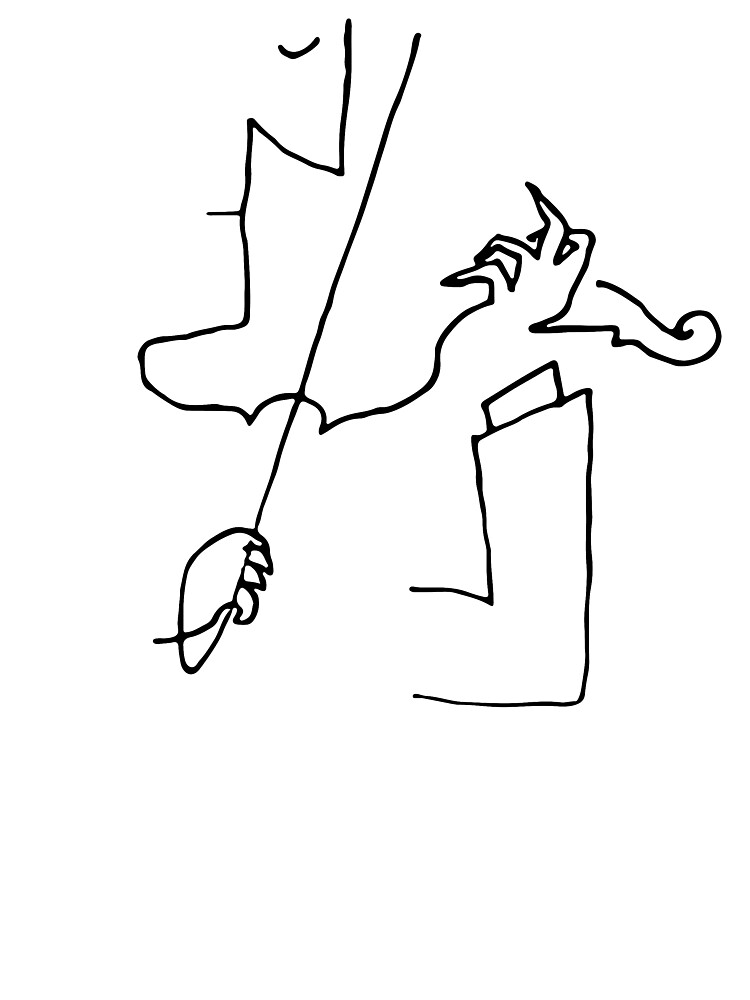
Saul Steinberg
Subscribe
Sign up to receive new stories straight to your inbox!

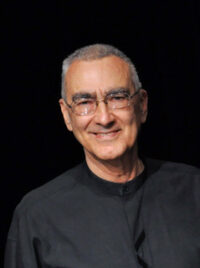
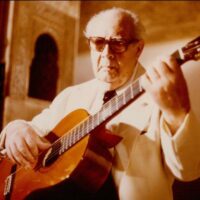
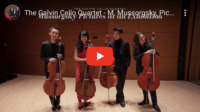
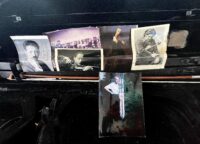
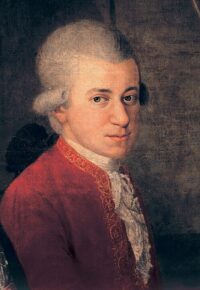
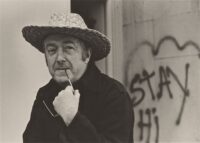
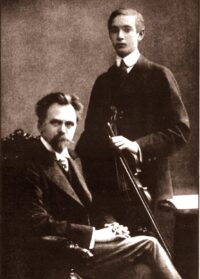
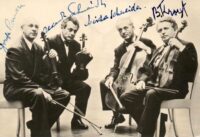

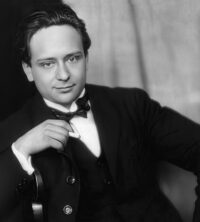
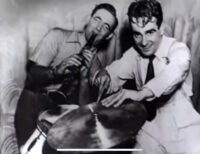
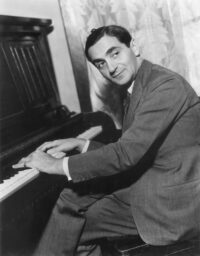
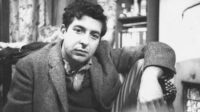

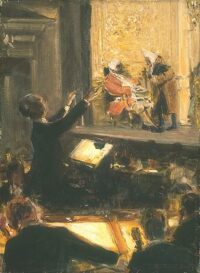
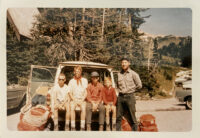
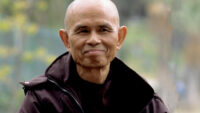
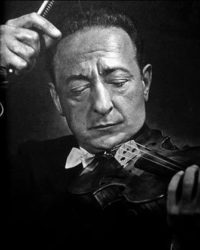
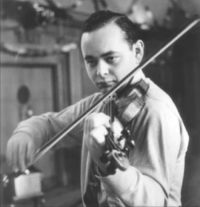
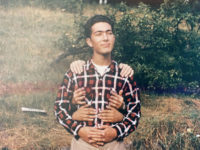
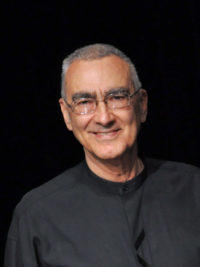
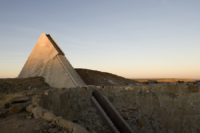

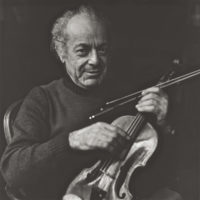

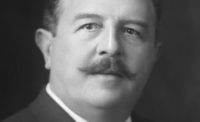
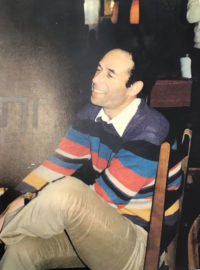
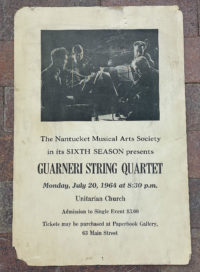
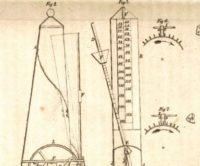
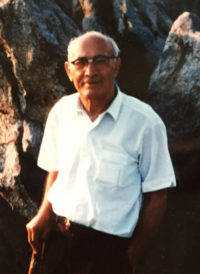

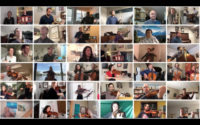
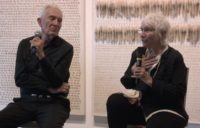
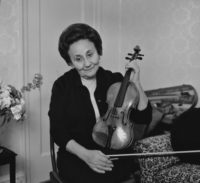
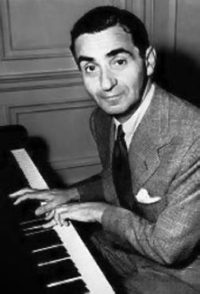
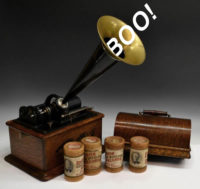
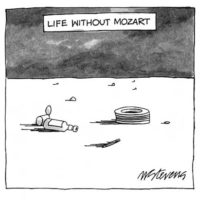
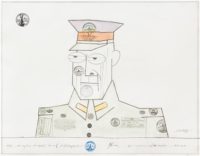
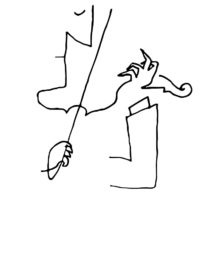
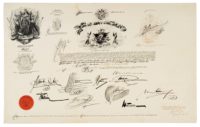
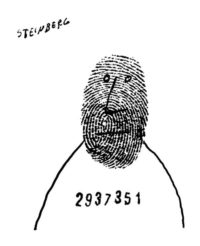

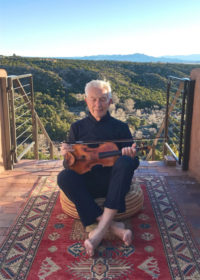
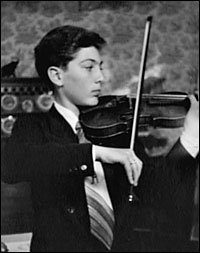

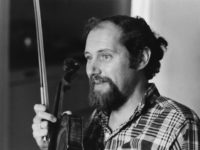
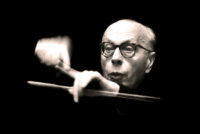
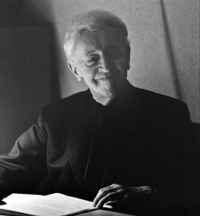
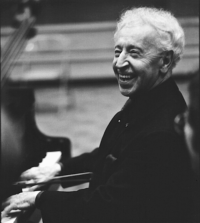
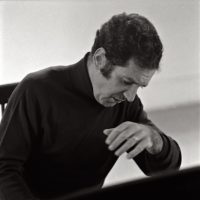
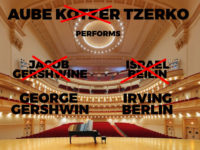
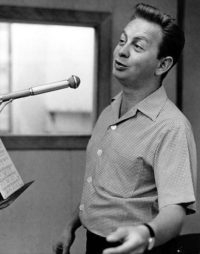
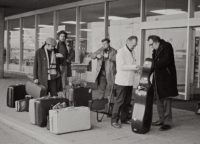
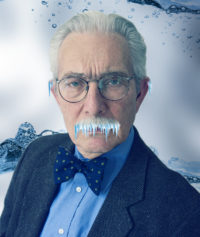
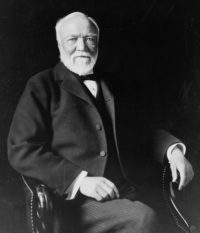
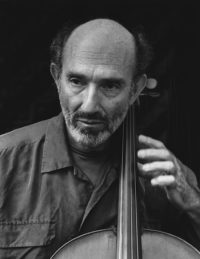
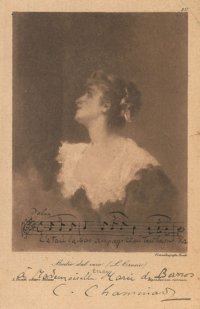
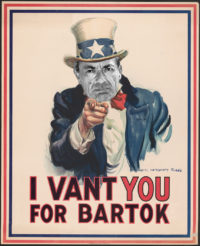
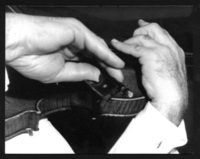

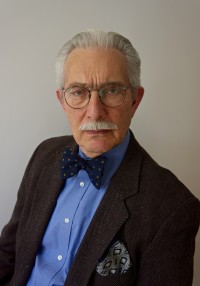
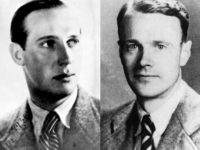
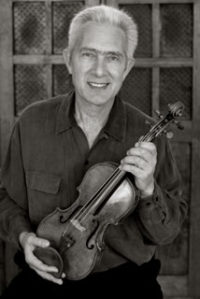
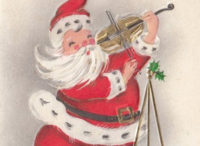
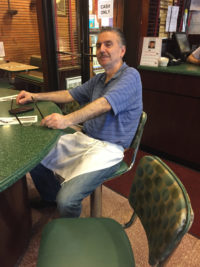
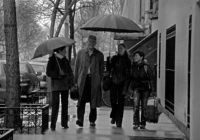
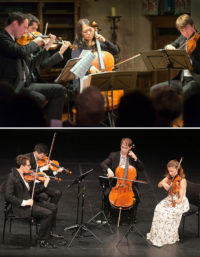
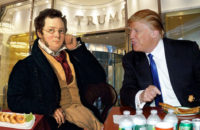
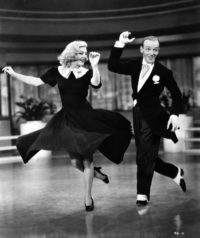
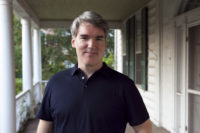
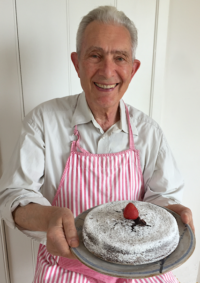
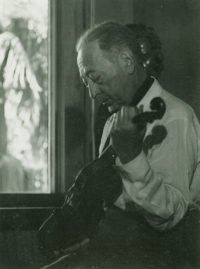
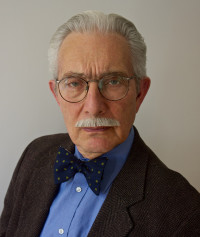
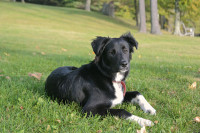
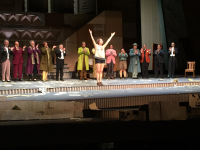
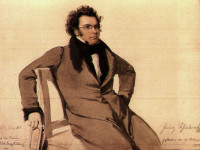
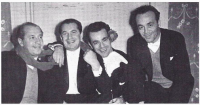
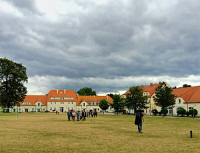
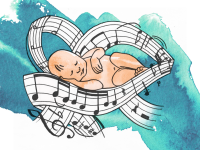
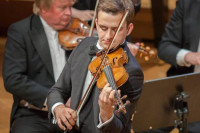
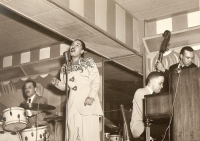
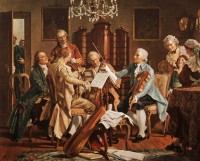
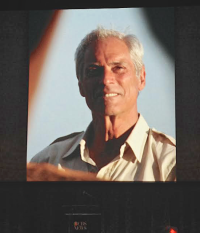
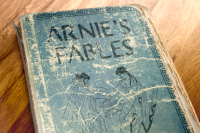
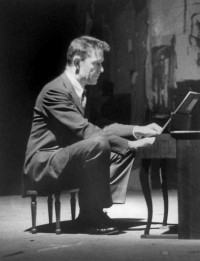
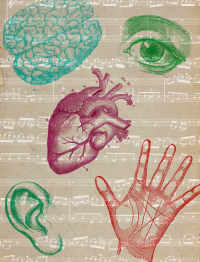
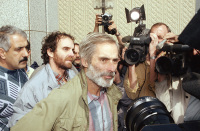
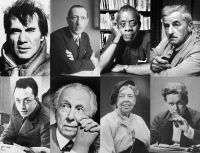

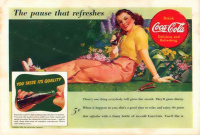
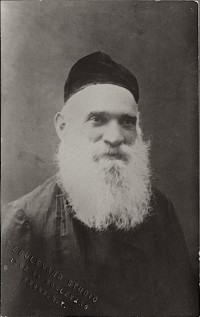
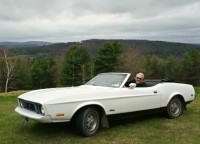
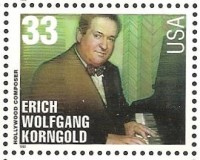
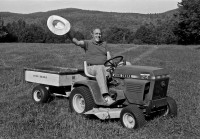
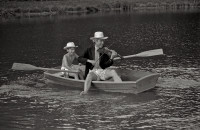
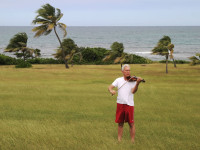
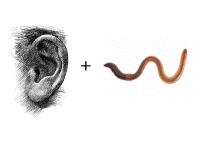
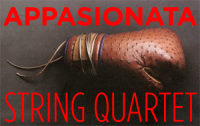
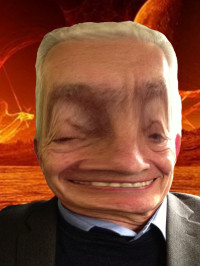

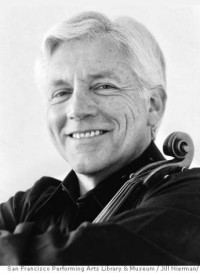
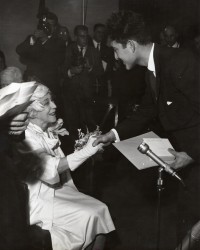
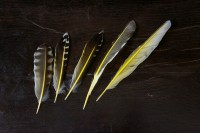
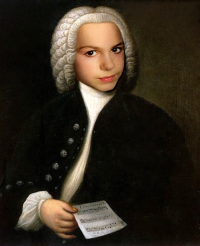
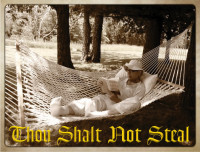
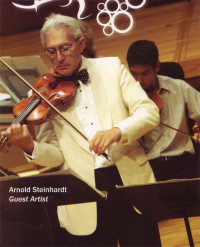
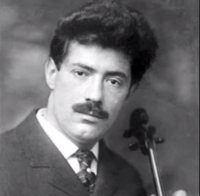
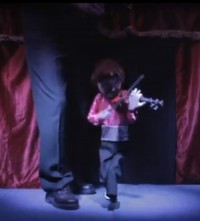
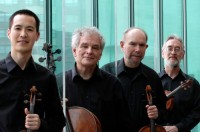
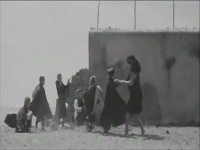
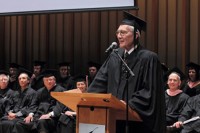
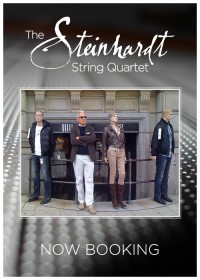
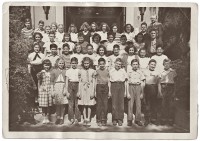
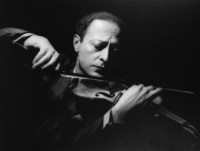
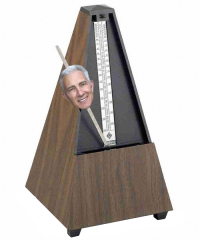
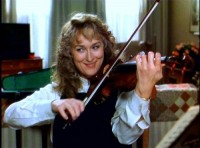

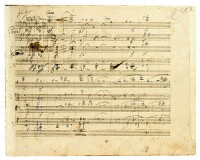
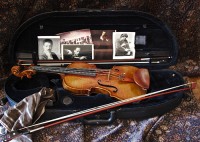
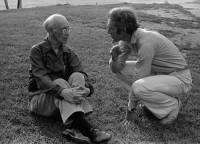
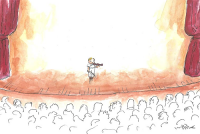
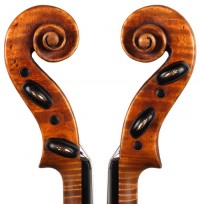
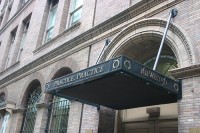
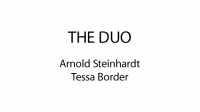
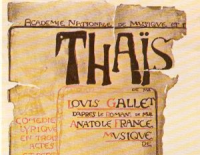
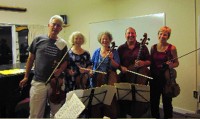
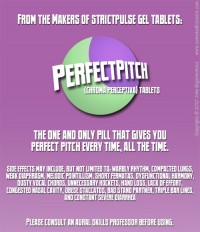
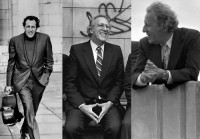
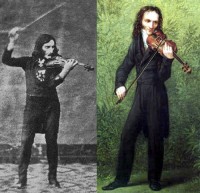
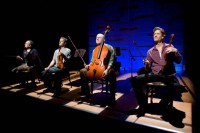

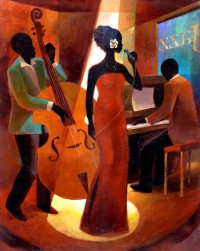
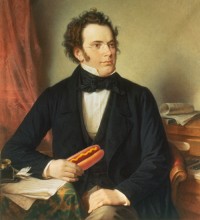

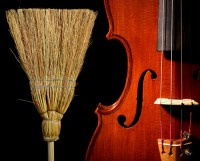
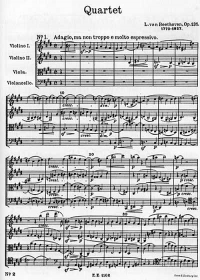
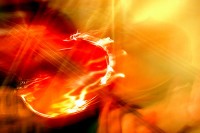


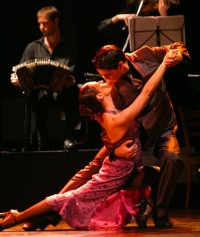
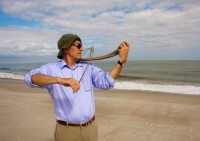
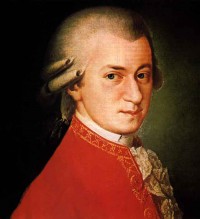
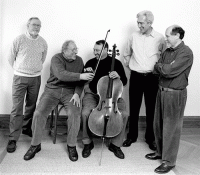
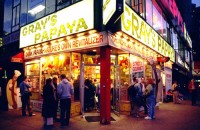
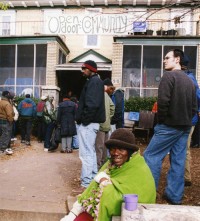
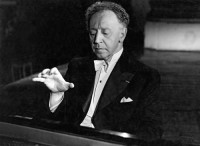
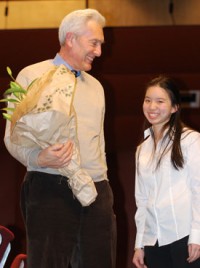
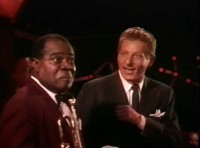
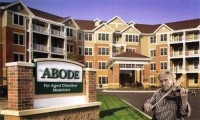
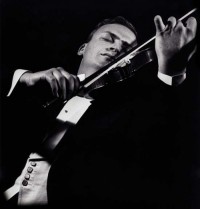
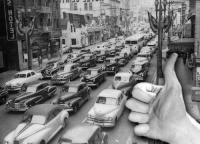
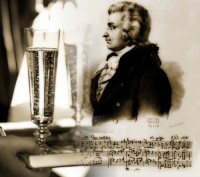

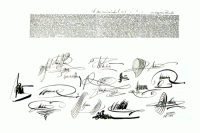
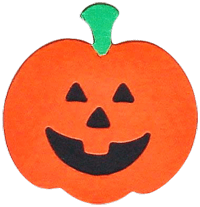
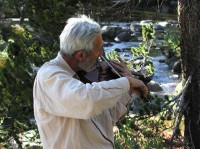
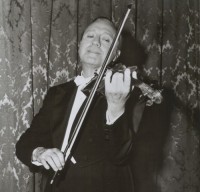
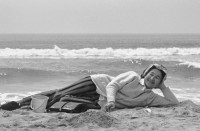
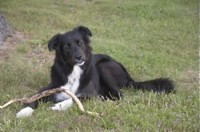
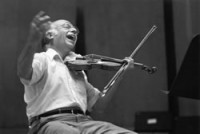
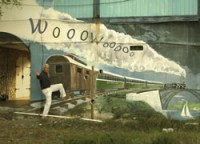


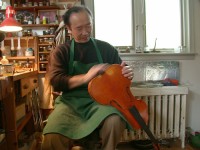
Comments
I enjoyed that beautiful story very much. Thank you for sharing your memories!
Francis
I so enjoyed reading this..I had the good fortune of being at Harpur College when the
Guarneri was in residence there, sometime in the late 60’s, and then at SUNY at Buffalo NY a year or two later when you were in residence there..I heard you do the entire Beethoven String Cycle in both places, and listening to the upcoming quartets on records with earphones while reading along with the score before each performance, and then hearing you in person was one of the peak experiences of my life..You have brought so much joy to so many people..all that practicing you did blessed us all. I enjoyed both of your books. I was very sad when I heard David Soyer had passed away,.and then Michael Tree. But they live on in my memory, beloved and even sacred for the phenomenal beauty of those performances,I still prefer the Guarneri Quartet’s renditions of the Beethoven String Quartets over any others.
with gratitude and love
Carol Olicker
As I approach my 90th birthday, I remember with pleasure the many chamber music concerts I attended throughout my life. I was a subscriber (for decades) to the Los Angeles Music Guild series.
Your quartet was one of the highlights of these concerts. I was a serious amateur quartet player (viola and violin), and those performances were always an inspiration.
Thank you for this interesting series of reminiscences: I used to wonder what the life of a world-class quartet player might be like…
Anna Meyer
Arnold,
I was sure you would recount the story you once told me: When you came home from school one day, you complained of feeling very sick. Your Mom told you to go and lie down BUT practice!! So, maybe that is where you learned the skill of practicing anywhere!
I live in Denver. I was born here. I remember the old Stapleton Airport. You practicing on the roof while looking west to the mountains makes me smile! You are indeed a special violinist! Thank you for the music you have gifted to all of us.
I wish I had, too!
My practicing story is about Vieuxtemps IV. My room at Meadowmount was right over Gamamian’s studio (nightmare!) and he could hear my practicing. Therefore he knew it was almost all scales and Bach happening, no Concerto, which I detested on adolescent musical grounds. He stopped me at lunch and informed me the assignment would make it possible to play Beethoven’s late quartets. Right away the practicing became the Concerto and the next lesson was a success!
Oh the trials of finding a decent place to practice! Still a trial at 73! But your story also reminds me of a story JosefGingold told at a Master Class I attended. While practicing and warming up i his room, his visiting grandson, who was just beginning violin, opened the door during Gingolds scale practice routine, asking, “Oh, Grandad, do they still make YOU do that too?!”
PS. Love the Steinberg drawing!
This is a wonderful essay. You found sonic gold at the end of the perseverance trail!
Lovely, Arnold.
Lieber Arnold,
die Geschicte Deines Beginns des Violin-Unterrichts kenne ich aus Deinem wunderbaren Buch, das ich auch schon verschenkt habe. Ich hoffe, dass es Euch in Corona-Zeiten gut geht. Und die Frage: Bist Du wieder einmal in Berlin? Ganz herzliche Grüße (momentan aus Italien). Dein Peter
As a cellist, I envy a violinist’s mobility in seeking practice locations! Of course, we all have lots of time to practice now, if little to practice for. Thank you for sharing these vignettes from your musical life.
I’m STILL looking for a suitable place to practice without disturbing others. This makes my think it’s time to redouble my efforts to find a place in this apartment complex to hide away and play!
Meanwhile a story comes to mind told by Josef Gingold in a Master Class I once attended. He described playing in his practice room, warming up on scales when his visiting grandson who was just beginning violin lessons stuck his head in. “Oh Grandpa,” he said in his most sympathetic voice, “Do they stillmake you do that too?!”
Mr. Steinhardt,
If I recall correctly you were still a member of the Cleveland Orchestra in 1963 when Leon Fleisher recorded the Brahms B flat major concerto with the Orchestra. Would you consider devoting one of your posts to performing with him specifically and the orchestra in general?
Best,
Amos
Beautiful piece — great memories and great storytelling. Thank you!
Dear Arnold, This is hilarious! I broke out laughing all the way to the mountains! The sale/not sale of your neighbors’ house. The “Gulag in Haven”! The “Third Greatest violinist in the World”!!! others.
The ending is exquisite! I could almost hear you playing.
So good to read you again.
Love, Hava.
That’s great for you having gotten rewards for your hard labor. Yes, yes, you deserve them and I love your work. I think the hardest practice is that in which there are no rewards, no concerts, no one listening except yourself for your own benefit of being a true musician of classical music in a wicked world.
Love and miss you, Arnold.
Beautiful. o how I wish I’d been there at that airport!!! The greatest storytelling ever! Thank you!
Leave a Comment
*/